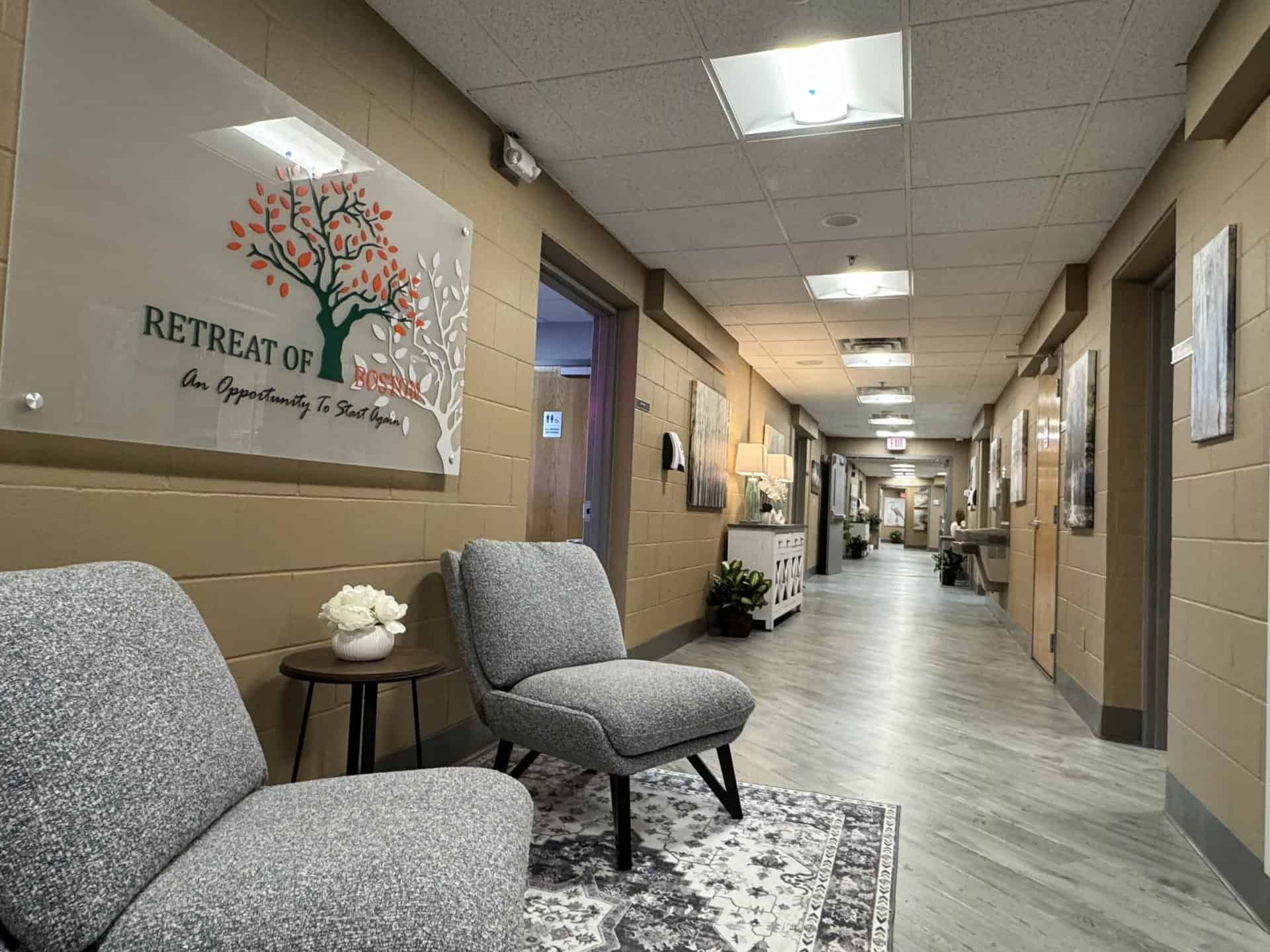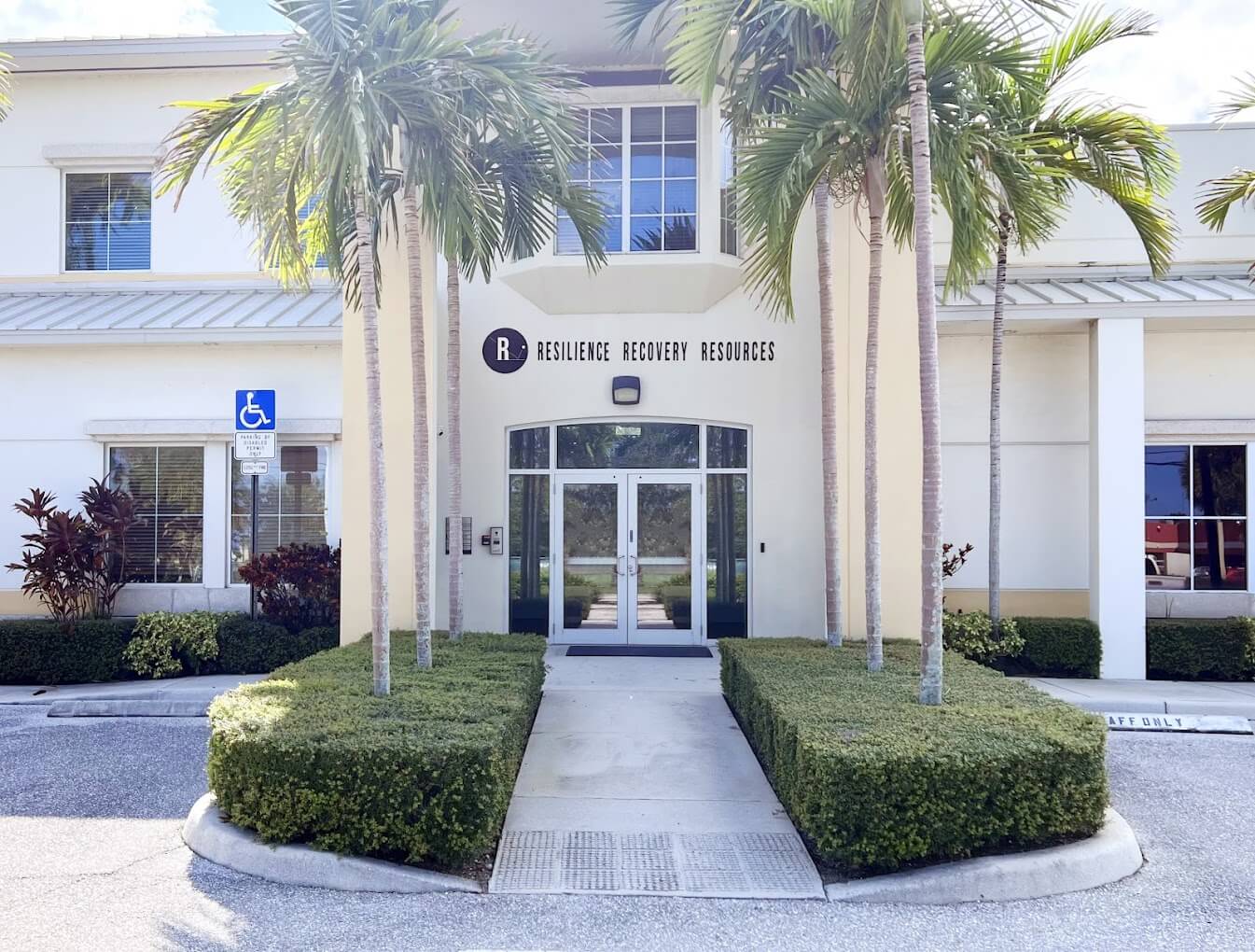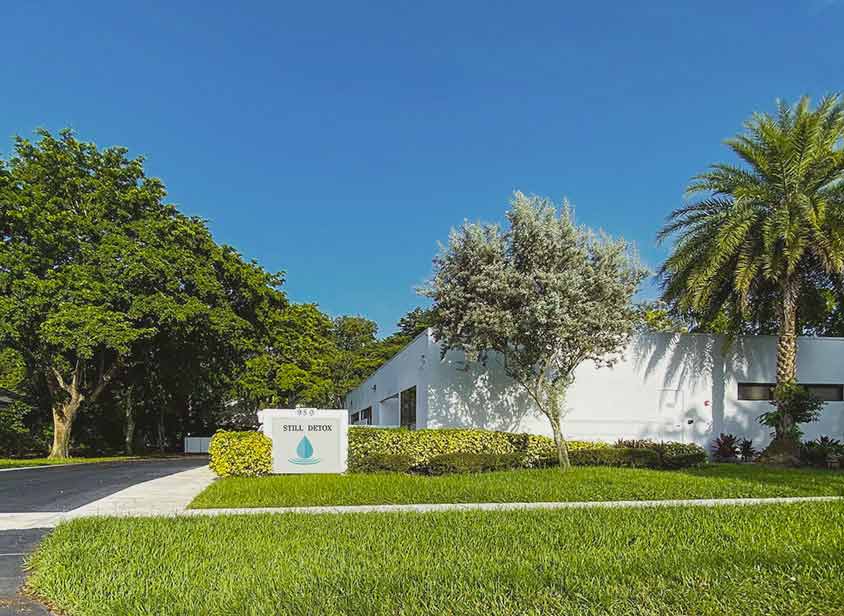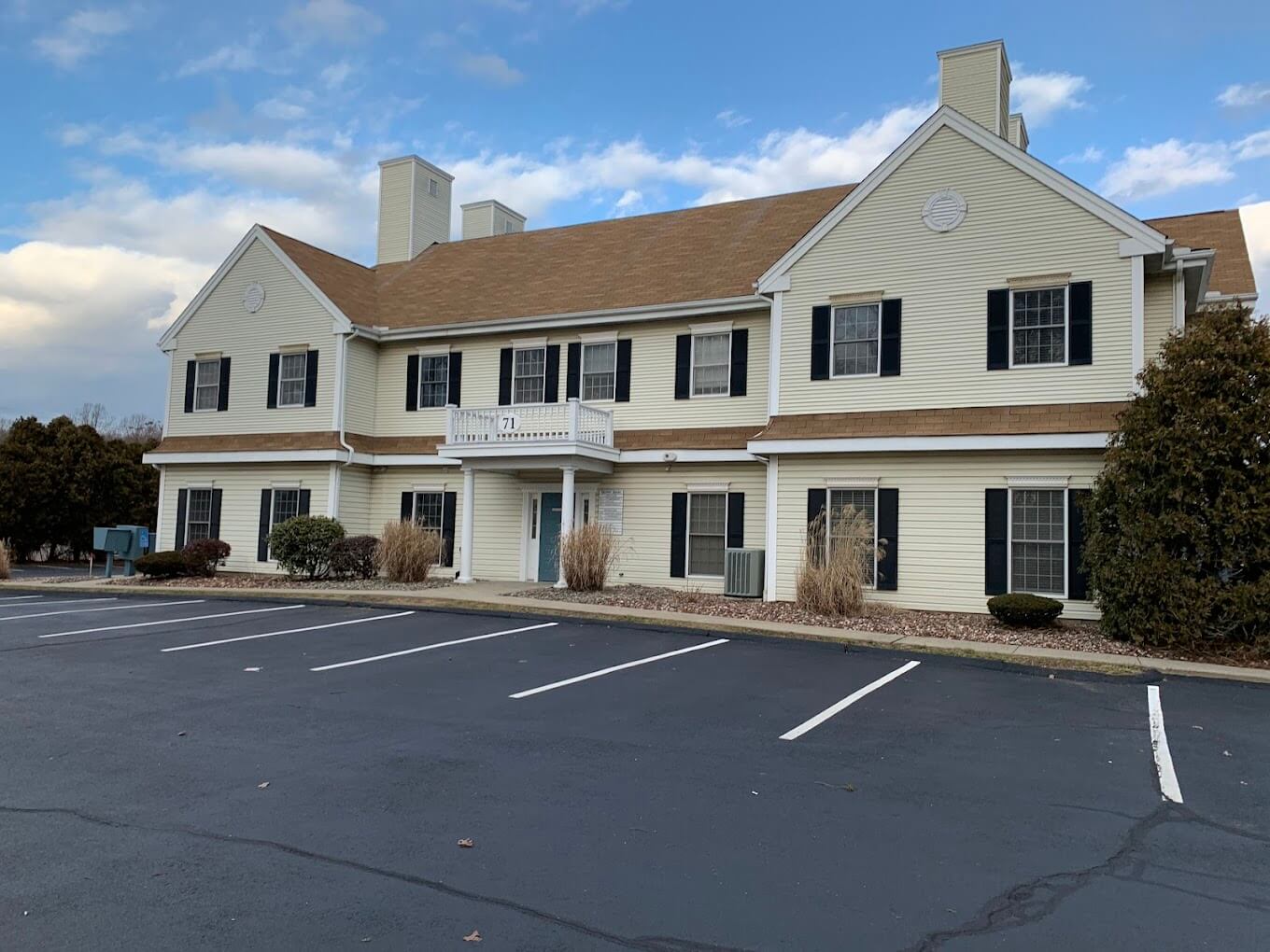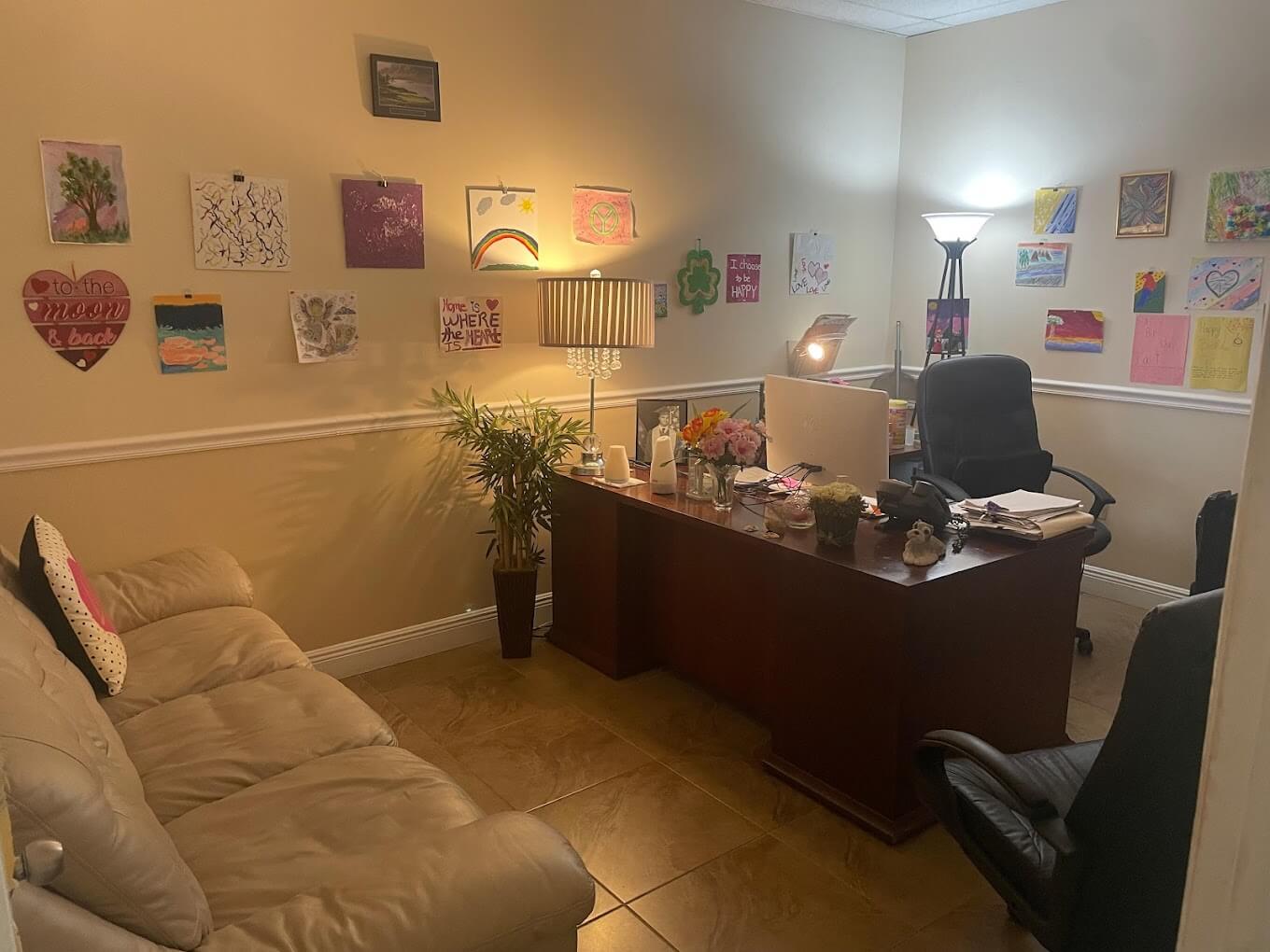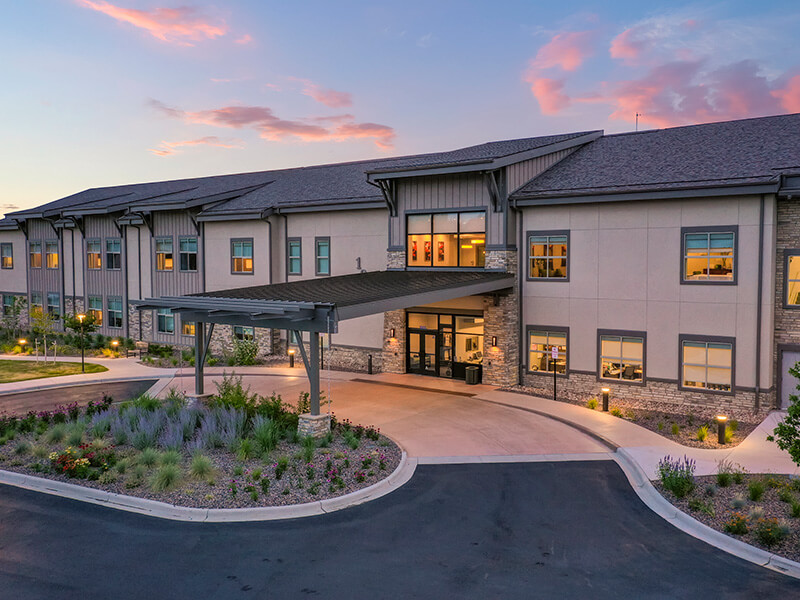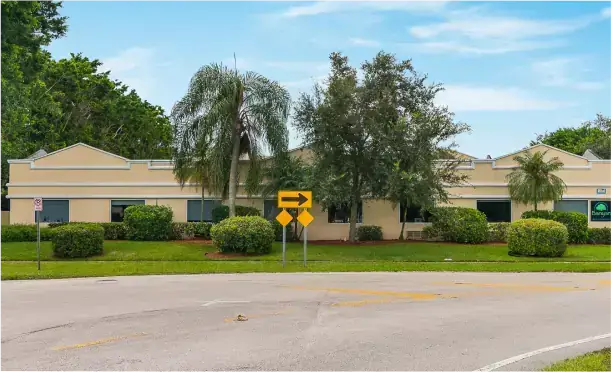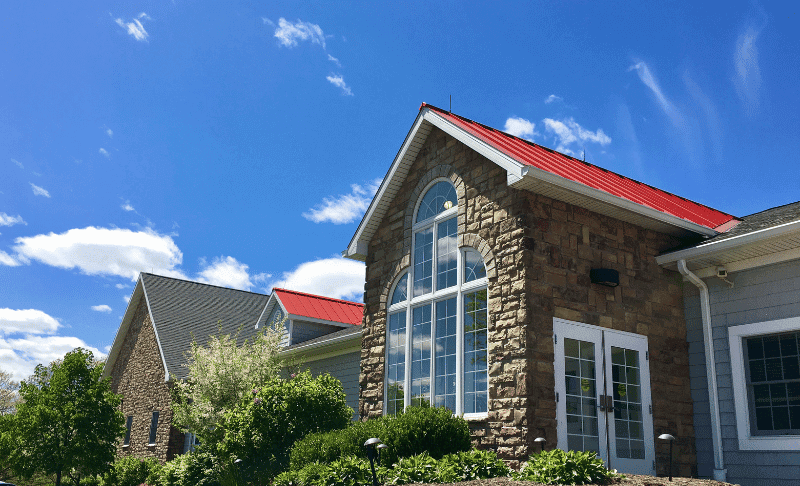Thanksgiving is a time for reflection, gratitude, and celebrating the positive aspects of life. For individuals in rehab, this season offers an opportunity to recognize and appreciate the progress made on the recovery journey. By sharing stories of gratitude and resilience, both clients and staff can find inspiration and strength in the midst of their challenges. Here’s how to celebrate Thanksgiving in rehab, focusing on the positive aspects of recovery and the spirit of gratitude.
1. Embracing the Spirit of Gratitude
Reflecting on Progress: Encourage clients to reflect on their recovery journey and acknowledge their accomplishments. Highlighting milestones, no matter how small, can foster a sense of pride and motivation. Remind clients that every step forward is a testament to their strength and resilience.
Expressing Thanks: Create opportunities for clients and staff to express gratitude. This could be through gratitude journals, thank-you notes, or group discussions. Encouraging individuals to share what they are thankful for can foster a positive atmosphere and strengthen the sense of community within the rehab center.
Celebrating Achievements: Recognize and celebrate the achievements of clients and staff. Whether it’s a personal milestone, completion of a treatment program, or consistent progress in therapy, acknowledging these successes can boost morale and reinforce the positive aspects of the recovery process.
2. Sharing Stories of Resilience
Client Stories: Share stories from clients who have made significant progress in their recovery. These stories can highlight their challenges, triumphs, and the role that gratitude has played in their journey. Personal stories can be powerful tools for inspiration and connection.
Staff Experiences: Feature stories from staff members who have witnessed and supported clients’ growth. Staff perspectives on the impact of recovery and the positive changes they’ve seen can offer encouragement and a deeper understanding of the recovery process.
Community Involvement: Invite guest speakers or hold events that allow clients and staff to hear from individuals who have successfully navigated their own recovery journeys. These stories of resilience can provide hope and motivation for those currently in treatment.
3. Creating a Thanksgiving Celebration
Festive Activities: Organize Thanksgiving-themed activities that promote a sense of community and togetherness. This could include a Thanksgiving meal, festive crafts, or group discussions centered around gratitude and positive experiences.
Group Sharing: Host a group session where clients and staff can share what they are thankful for. This can be a structured activity or an informal gathering, depending on the center’s atmosphere and client preferences.
Acts of Kindness: Encourage clients and staff to participate in acts of kindness, such as volunteering in the community or creating care packages for those in need. Engaging in meaningful activities can enhance the sense of purpose and connection during the Thanksgiving season.
Decorations and Atmosphere: Create a warm and inviting atmosphere with Thanksgiving decorations. A festive environment can uplift spirits and create a celebratory mood, reinforcing the positive aspects of the holiday.
4. Focusing on the Positive Aspects of Recovery
Highlighting Strengths: Emphasize the strengths and qualities that clients and staff have demonstrated throughout the recovery process. Celebrate their resilience, courage, and commitment to personal growth.
Setting Goals: Use the Thanksgiving season as a time to set new goals and intentions for the future. Encourage clients to think about their aspirations and how they can continue to build on their progress.
Finding Joy in the Journey: Remind clients and staff to find joy in the journey of recovery. Celebrate the small victories and moments of happiness that arise along the way, and encourage everyone to appreciate the progress made.
5. Promoting a Culture of Gratitude
Modeling Gratitude: Lead by example and model a culture of gratitude in all interactions. Staff members who demonstrate appreciation and positivity can inspire clients to adopt similar attitudes.
Encouraging Positive Reflection: Incorporate gratitude practices into daily routines. Encourage clients to regularly reflect on what they are thankful for and how these positive aspects contribute to their recovery.
Building Community: Foster a sense of community within the rehab center by promoting supportive interactions and encouraging clients and staff to connect on a personal level. A strong sense of community can enhance the overall experience and support the recovery process.
Conclusion
Thanksgiving provides a special opportunity to focus on gratitude and celebrate the positive aspects of the recovery journey. By sharing stories of resilience, creating festive celebrations, and promoting a culture of gratitude, rehab centers can enhance the recovery experience and inspire both clients and staff. Embracing the spirit of Thanksgiving helps reinforce the progress made and fosters a supportive and uplifting environment.
Celebrating Thanksgiving in rehab is not just about acknowledging the challenges but also about recognizing the strength, growth, and positive changes that come with the recovery journey. By focusing on gratitude and resilience, everyone involved can find renewed motivation and hope as they continue their path to recovery.



